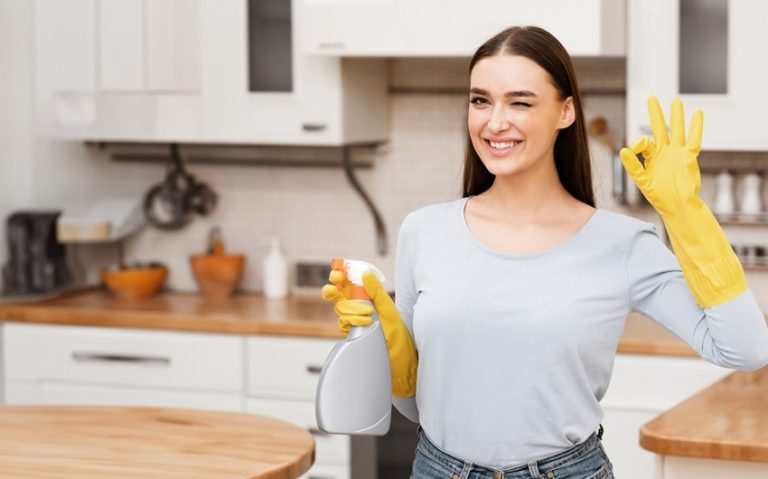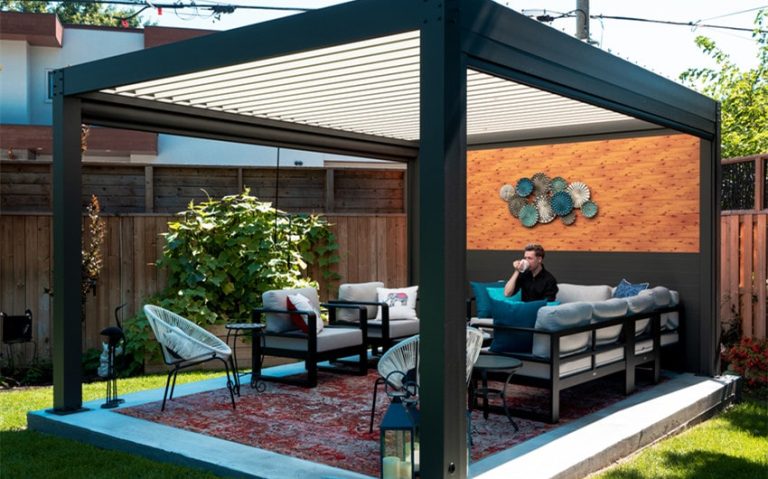You probably have an idea in your head about what quality care looks like, regardless of the type of facility. However, the gap between what’s ideal and what’s real life can be huge and more places are just scraping by than meeting actual, true quality standards.
So, that’s theory. But what does this look like in practice? Let’s say there’s no mud on the walls, the residents aren’t filthy, and the staff aren’t outright rude; if it’s not something completely obvious, but more on the subtle/hidden side. How do you then know if the care the facility provides is quality or not?
And on the flip side, if you walk into, for example, a daycare center, and everything looks perfect, does that mean it really is? There’s so much to this that we simply have to break it down, so let’s start right away.
What Defines Quality Care?
Basically, quality care is a set of standards that apply to all care facilities (nursing homes, hospices, daycare centers, medical clinics) that make sure everyone gets consistent, respectful, safe support.
Each type of facility has its own guidelines, but some are relevant to all of them, so let’s see what those are.
1. Safety and Cleanliness
This is an absolute must in all types of facilities and we can say it belongs more to basic care than quality care. Still, it’s important to mention. Being safe and in a clean environment directly impacts everybody’s well-being.
In daycare centers, safety means that all areas have to be child-proofed to prevent accidents. These facilities need rigorous hygienic standards and regular cleaning sessions to keep the environment safe.
It’s also important for nursing homes to be clean because the residents there can have really weak immune systems.
2. Competency in Staff
There’s no quality care without competent staff. They need to be able to handle day-to-day tasks, as well as respond properly to emergencies. Let’s take a nursing home as an example.
Better yet, let’s get specific and take a look at Tulip Special Care; this is where you can see real-life consequences of untrained, unprepared staff. There have been numerous reports of inadequate care, where the staff didn’t respond to emergencies on time, they’ve been known to use physical restraints improperly, and they’ve even failed to stick to care plans.
Pretty much, the staff contributed to accidents that could have been avoided and the results were unsafe conditions and physical harm for their residents.
And if you do find yourself in the situation that one of your elderly family members is in a facility that has such (or any other issues) AND the issues aren’t being resolved regardless of your pleading and complaints, then you should definitely get in touch with a law firm that specializes in these types of cases.
This’ll not only result in the resolution of the issue, but it might also mean some possible compensation for the troubles caused (but be sure to check that with the law firm first).
3. Respecting Dignity and Individual Needs
Unless you or your loved one is treated in a dignified, respectful way, no amount of cleanliness and education can make the care they’re getting good quality. In a daycare center, this means that the environment has to be supportive and adapt to each child’s personality and way of learning.
A medical clinic has to respect doctor-patient confidentiality and offer them to choose between treatment plans. A nursing home has to make a care plan for each resident based on their mobility, dietary needs and preferences, and give them a sense of autonomy.
4. Communication
Communication is always key. In a daycare center, the parents have to know how their child is doing and what activities they’re participating in. Medical clinics have a very practical way of keeping their patients up to date – through patient portals.
Patient portals give patients access to all their test results and follow-up information. If it’s an assisted living facility, they should regularly update the residents’ families on their loved ones and invite them to join in creating care plans.
Why Quality Care Standards Are So Important
If there are no rules to follow, what do you get? Not good care for your loved ones, that’s for sure. With guidelines for safety, staff competency, and accountability, there’s less risk of neglect, abuse, and medical errors.
If you’re a family member, you have peace of mind because you know that your loved one (whether that’s a child, a sibling, or a parent) is in good hands.
Just picture a scenario in a hospital where the employees are not aware of the guidelines for cleanliness – how shocking is that?
And this is not only about wiping down surfaces; staff/facilities may not even appreciate the need (the ‘must’) for disinfection and sterilization in the absence of standards. The importance of standards can’t be overstated, not really anyway; thanks to them, there’s an understanding what needs to be done by the members of staff.
Conclusion
You could look at these standards for quality care as a checklist or maybe even a set of rules. And, in part, that’s just what they are. But their true purpose is to make people feel valued, safe, and respected.
The standards are the backbone of this, and in a world where facilities of all kinds vary way too much in quality, this is the way to measure what’s important.







